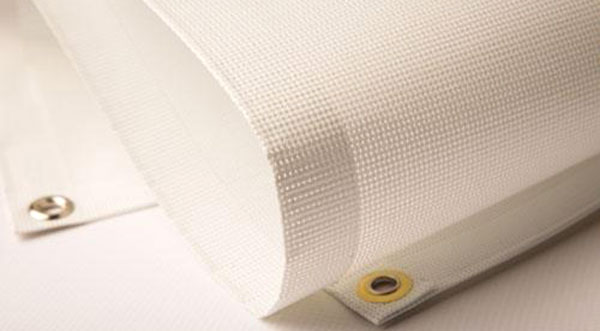Four Things to Consider When Choosing Your Banner Material
By Space Coast Daily // August 25, 2020

Banners are the go-to choice for many organizations when it comes to physical signage. The reasons for this popularity include the affordability, versatility, and ease of installation of banners.
Banners come in different shapes and sizes and can be made from different materials. Even vinyl banners, which are the most popular, come in different substrates that confer different properties.
If you need a lot of banners, it’s crucial to know the difference between the types and how to choose between them. Vinyl banner substrates are measured in ounces per square yard and can range from as light as nine to twenty-two ounces per square yard. The banners can also be single- or double-sided.
How do you know what specification to go for? We have four tips for you:
Consider the purpose of the banner: According to Printmoz, Knowing the purpose of the banner is key to every other decision you’ll make regarding its material and design.
Certain materials are better-suited to outdoor use than indoor use. Banner materials come with a choice of gloss or matte for the finishing. Matte finishing is better for indoor use as it has lower reflective qualities and fits well with indoor lighting. Gloss, on the other hand, is best for outdoor events and reflects better in the bright outdoor light.
Durability: Organizations typically run on a tight budget, and having to replace banners ahead of time can be bad for the bottom line. Banners can be made to be more durable than others.
Those designed for indoor events are usually made from lighter, less durable materials. Event banners are an excellent choice for short-term use, knowing that they will soon be replaced. Cast-coated materials are a better option for people looking for highly durable banners.
Printability: Interestingly, the choice of material has a significant effect on how well the print comes out. The substrate of most banners usually consists of a yarn fabric between two layers of PVC.
If the material’s outer layer, which receives the image, isn’t made from a high-quality coat, it can affect the ink absorption and cause problems with flooding. The nature of the yarn fabric in the middle can also have an impact on image quality. If the yarn isn’t coarse, the image may be of less quality.
Location: The place the banner will be used is a determinant of the material for several reasons. One of the most important is lighting. Every banner needs a light source, whether natural or artificial. Knowing how the light interacts with the banner is vital when choosing a material.
Single-sided banners may require thicker materials to prevent opacity when the light is behind the banner. If the banners are to be placed in a location where they can be seen from two directions, they should be made with printable coating materials on both sides.
Conclusion
Optimizing organizational operations is possible with the right knowledge. Although the choice of banner material may seem negligible, it’s one of those costs that can add up over the years. Hopefully, with this article, you’re now better-informed to make decisions on your material choice.
CLICK HERE FOR BREVARD COUNTY NEWS













